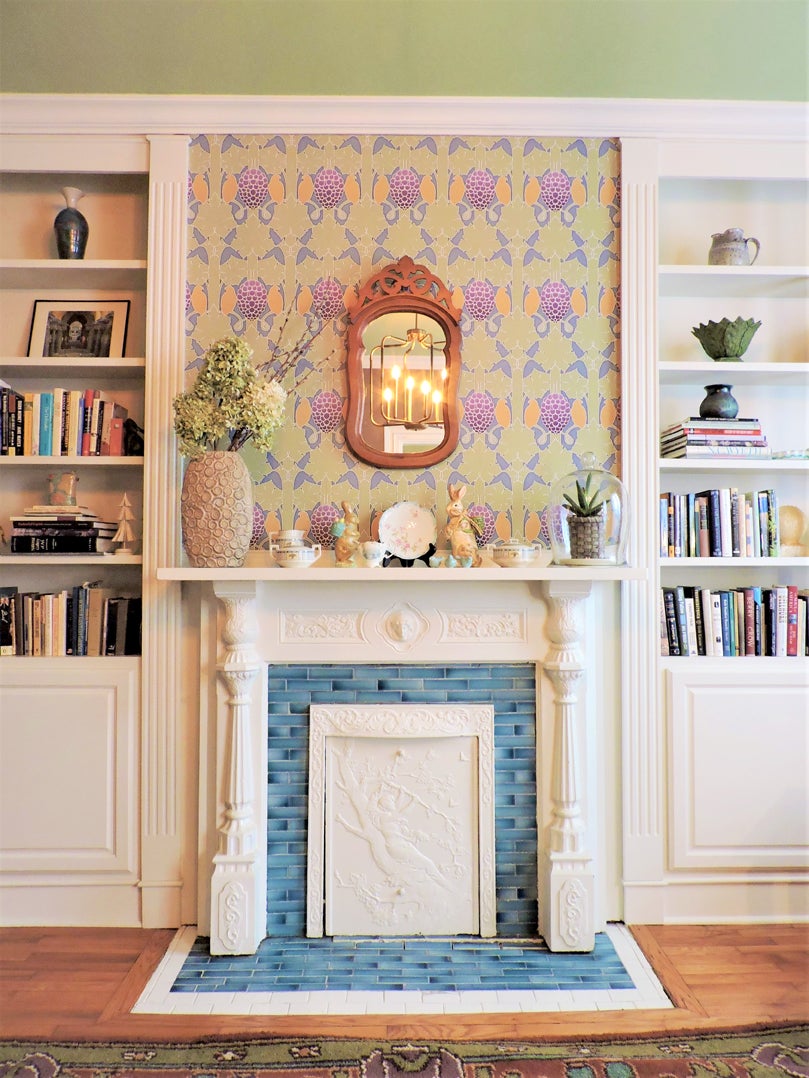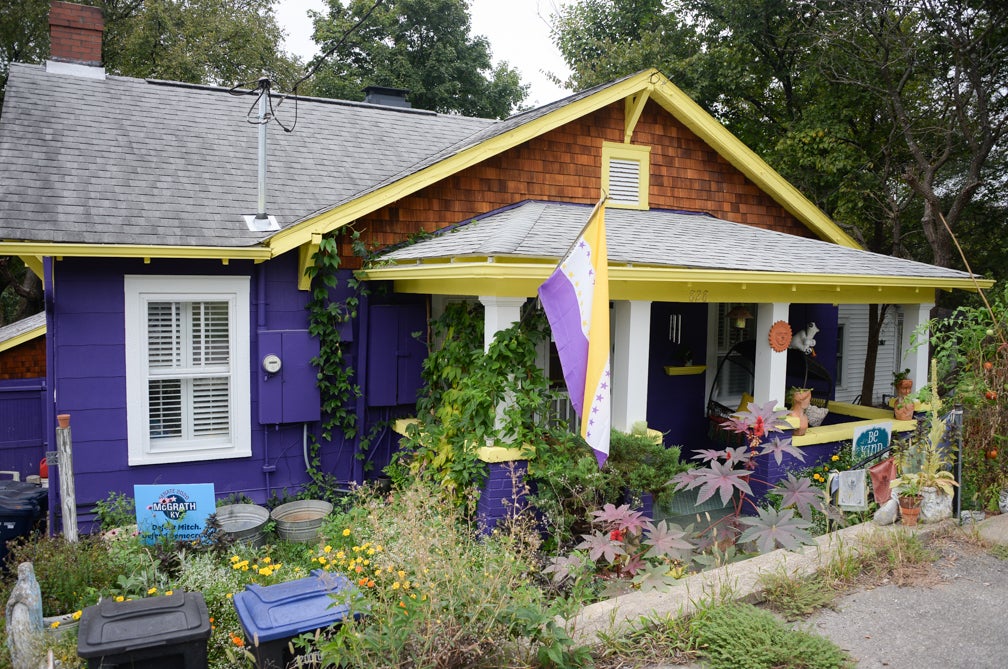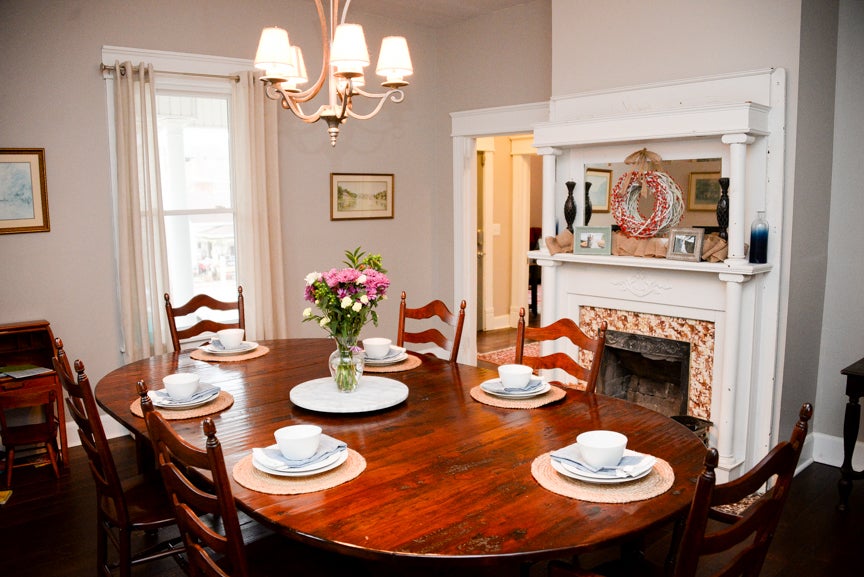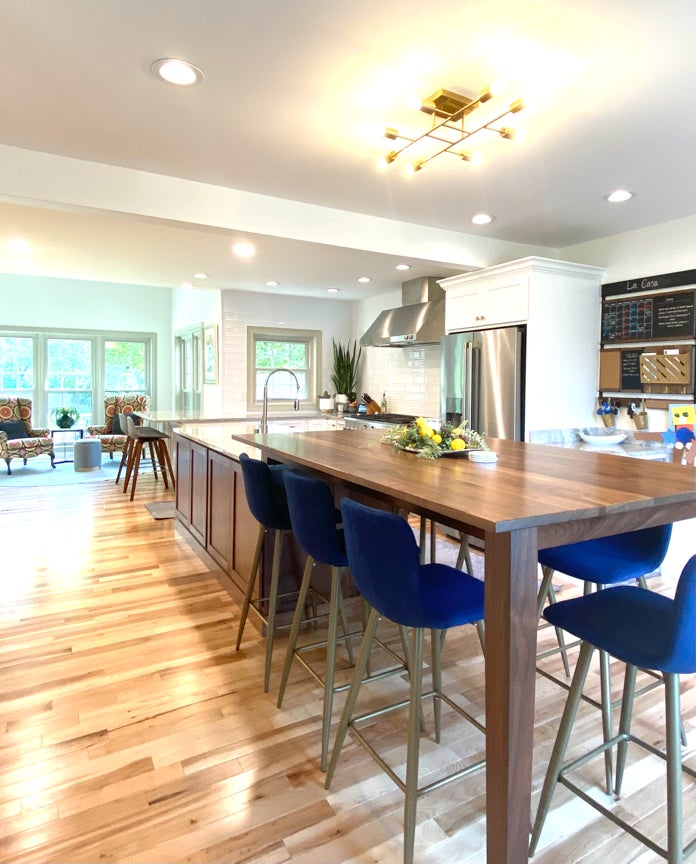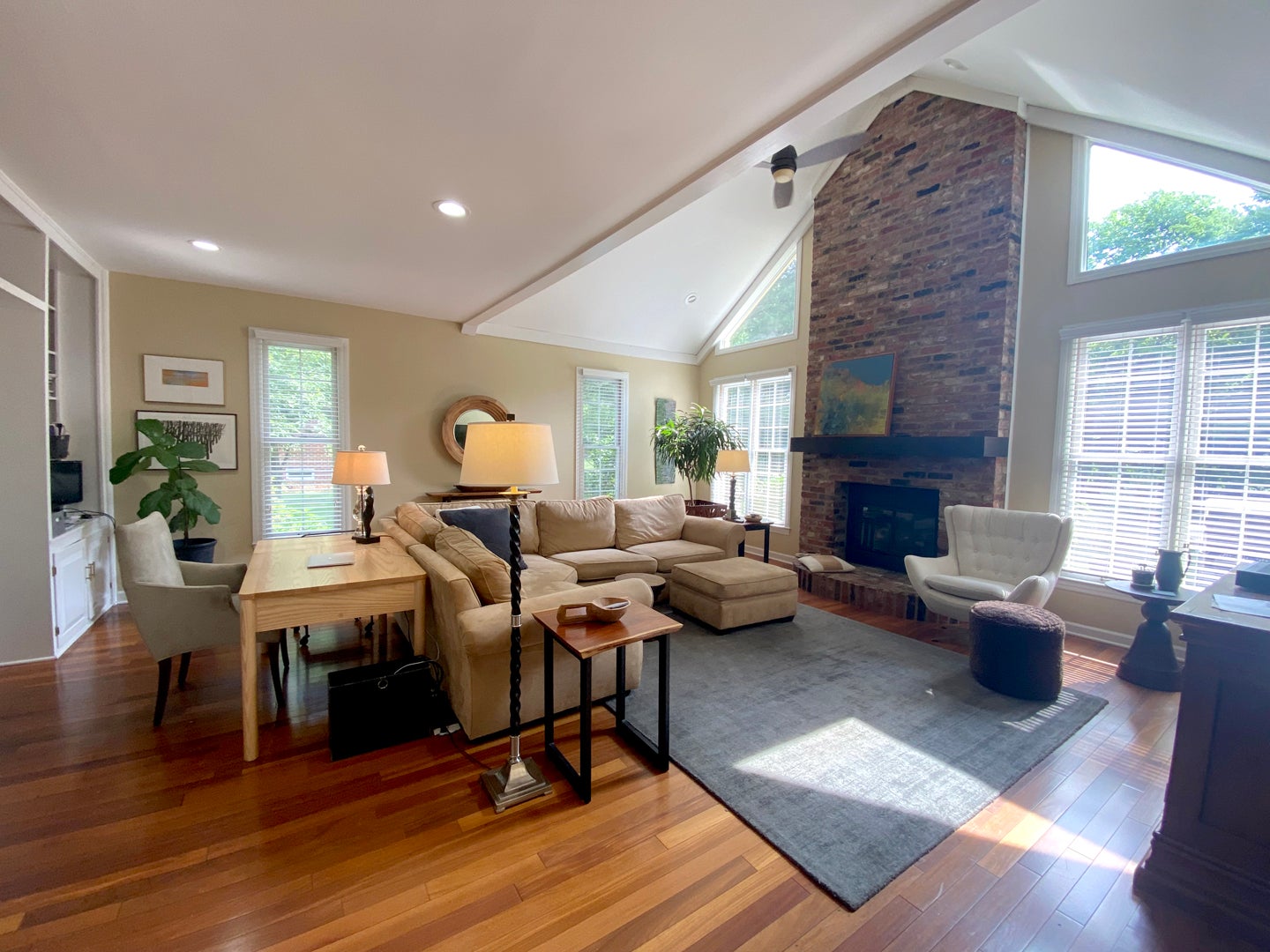Sometimes it’s good to be surprised. This designer has always put a major, “whoa, slow down” caveat on wallpaper inquiries. However, a visit to a client’s recently purchased home is proof you should never be set in your ways. The wallpaper of today has undergone major revisions, in both printing processes and adhesive technology. What’s trending is wallpaper that is colorful, with interesting graphic patterns culled from historic designs with timeless appeal, sophisticated with bold design elements.
Before you commit to a wallpaper option, recognize that design principles will guide you to a good choice. Know the relationship between the size of the room and the scale of the proposed pattern. Note the effect of its color, and its ability to remain consistent to a theme. In formal spaces, stick to formal motifs. In more casual, or small spaces, go bold. Following basic design principles will ensure success.
The best example of a striking use of wallpaper is in Mary Lynn Collins’ new home designed by Vicki Birenburg. As a historic preservationist with a keen interest in historic interiors, Vicki uses her knowledge to create welcoming interiors with an emphasis on English Arts and Crafts style. Using the modestly adorned circa 1880 home as a backdrop, she incorporates numerous expertly selected wallpapers to tell a story. The result is beautifully interwoven color and pattern for a stunning effect. A wonderful surprise for this notable wallpaper naysayer.
- Enduring design. The timeless patterns of English Arts and Crafts designer, William Morris (Morris and Co. 1875-1940), run throughout the home. Modern wallpaper companies have licensed production of many of his designs. Found in the home are Morris’ “Wild Tulip” (circa 1884) in blue, which coordinates with Morris’s “Tulip and Lilly” (circa 1875) hallway and stair runner rugs, an adaptation of “Marigold” (circa 1875) can be found in the dining room.
- Historic motifs. Many current historically guided wallpaper options are reproduced from period documents and private collections using hand silk screening process and digital technology. Another example is the design of C.F.A Voysey. His vivid “Vineyard and Bird” design in sharp period appropriate color applied found the fireplace dates back to 1897.
- Modern color. The bright jewel tones on the ceilings and walls follow statements of the English Arts and Crafts period. The plum, green, blue and gold translate well to color trends of today. Bright blue tile on the fireplace surround provides a stark contrast to the historical white mantel and creates a visual connection to the rug.
- Distinctive style. The English Arts and Crafts design philosophy suggests an honesty in the construction and material selection. The historical motifs in the wallpaper and rugs follow the authenticity of actual objects — birds, flowers and grapes. Visitors to the home find intrigue around every corner. The whimsical play of pattern and color provide a perfectly woven theme without overwhelming the visitor.
- Intentional placement. Notice the deliberate choice of the colorful, larger motif of C.F.A. Voysey’s “Vineyard and Bird” wallpaper applied to a small area above the fireplace as a bold accent. Morris’ smaller in scale, more fluid, “Wild Tulip” runs in broad spans down the main hallway and up the staircase. Each selection in both color and scale provides direction for visual flow throughout the home.
Terri Bennett is the owner of Terri Bennett Interior Design/T. Bennett Home + Gift.



